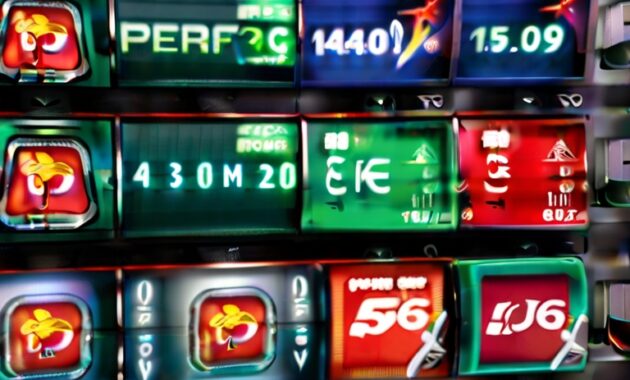Understanding the Contrast: While the terms commodity and product are often used interchangeably, they hold distinct meanings, particularly in the context of trading. A commodity typically denotes a raw material utilized in the production process, whereas a product refers to the finished good sold to consumers.

Table of Contents
Understanding the Contrast:
Differentiating Commodities and Products
Commodities serve as foundational goods employed as inputs in manufacturing various products and services. These raw materials undergo processing to transform into everyday consumer goods. From tires to orange juice, commodities permeate numerous consumer products, encompassing a broad spectrum such as copper, crude oil, wheat, and coffee beans.
Categorizing Commodities
Commodities can further be categorized into two primary types: soft and hard commodities. Soft commodities encompass perishable items grown and unable to be stored for extended periods, including coffee, cocoa, and sugar. In contrast, hard commodities, such as metals and petroleum products, can be extracted or mined.
Trading in Commodities
Commodities are traded on exchanges primarily through futures contracts, which enable the buying or selling of the commodity at a predetermined price and time in the future. These contracts standardize the quantity and quality of the commodity being traded, facilitating market transactions.

Additionally, commodities can be traded through stocks and exchange-traded funds (ETFs), providing investors with alternative avenues to invest in commodity-related assets.
Factors Influencing Commodity Prices
Commodity prices are influenced by various factors, primarily driven by supply and demand dynamics. Economic conditions, geopolitical events, and weather patterns also play significant roles in determining commodity prices Understanding the Contrast:.
Understanding Products
Products, on the other hand, represent the end result of the manufacturing process, ready for consumption by the average consumer. Durable goods, such as appliances and jewelry, offer long-lasting utility, while consumable goods, including groceries and gasoline, are quickly used or require frequent replacement.

Differentiating Products
Products can be differentiated through branding, marketing, and value-added features, distinguishing them from competitors in the market. Despite operating in separate commodity markets, differentiation within products is achieved by offering unique value propositions to consumers.
Digital Commodities and Finished Products
In the digital era, new classes of commodities, such as cryptocurrencies and non-fungible tokens (NFTs), have emerged, alongside the traditional physical commodities. Finished products, meanwhile, represent goods ready for sale, contributing to economic metrics like GDP Understanding the Contrast:.

Conclusion
Comprehending the distinction between commodities and products is crucial for investors and consumers alike. While commodities form the backbone of manufacturing processes, products cater to consumer demands, reflecting the culmination of production efforts Understanding the Contrast:.
May you also like:





